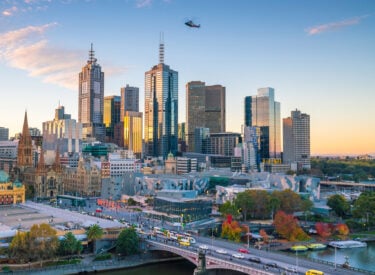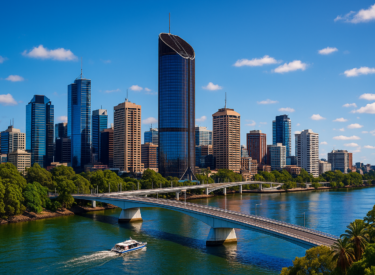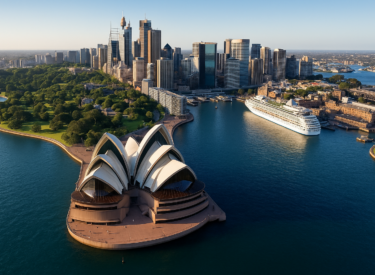About five years ago The Grattan Institute released a great report on Australia’s urban landscape.
To read the 87-page report go here.
But for those of you who are short on time, I have pulled together ten things you need to know about this work.
Many of these are quite surprising.
10 things
1. Most residents don’t live far from where they work, and this hasn’t changed that much.
2. Commuting distances have changed little in most of our cities in recent years.
3. Commuting times have also been largely stable over the last decade.
4. Even before Covid, CBD and nearly inner-city jobs were only growing in Sydney and Melbourne but were shrinking in most other Australian cities. Covid – outside of construction - has now put the kibosh CBD orientated new jobs.
5. Most new jobs are still in outer suburban areas, with three out of four jobs widely dispersed. See the diagrams below. Diagrams one and two are what is in most town planners’ heads, but the third diagram is what really goes on. 
6. Living in a large Australian capital city doesn’t mean travelling much further than living in a smaller capital or major regional town.
7. The common urban myth “double the population means double the commute” doesn’t apply.
8. Population growth has a bigger impact on commuting distances and times in smaller cities than large ones.
9. People accept a longer commute to live in a lifestyle area and close to the beach.
10. In recent years very few workers have changed the way they get to work. Most travel by car.
Some suggestions
There are some things that I think might be worth considering that might improve the current state of play.
These include:
1. Get even more people to work from home via tax breaks.
2. Question the mega projects. Incremental improvements are likely to have more impact. In Brisbane for example there is a need for many more bridges crossing the Brisbane River. These are cheap as chips when compared to such white elephants as Cross River Rail and the Olympics.
3. Encourage people to move closer to work or encourage work to relocate closer to the workforce. Property stamp duties stop local moves. Restrictive town planning and zoning stop new builds. Cheaper and different building methods are need too.
4. Change the way people get to work. A congestion tax and/or free public transport during peak periods.
5. Get kids to catch the bus or train to school. Given the demand to live in the ‘right’ school zone, many of the kids can walk to school. And I am a parent of two daughters who were made to catch the bus. Cruel parents we were!
6. Stagger school start times; school holidays and change the 9 to 5 work day. These schedules are a legacy of the industrial age and/or unionised labour.
7. Provide clear and separated modes of transport. Get bikes off the road but have well connected bike lanes. Better connectivity for walking too.
An end note
And maybe we should all just chill.
I hate waiting in traffic too.
I often blame it for my tardiness.
But on reflection, it isn’t often that bad.
A few minutes lost here or there.
But we have just become more impatience.
For some the sense of entitlement has few bounds.














